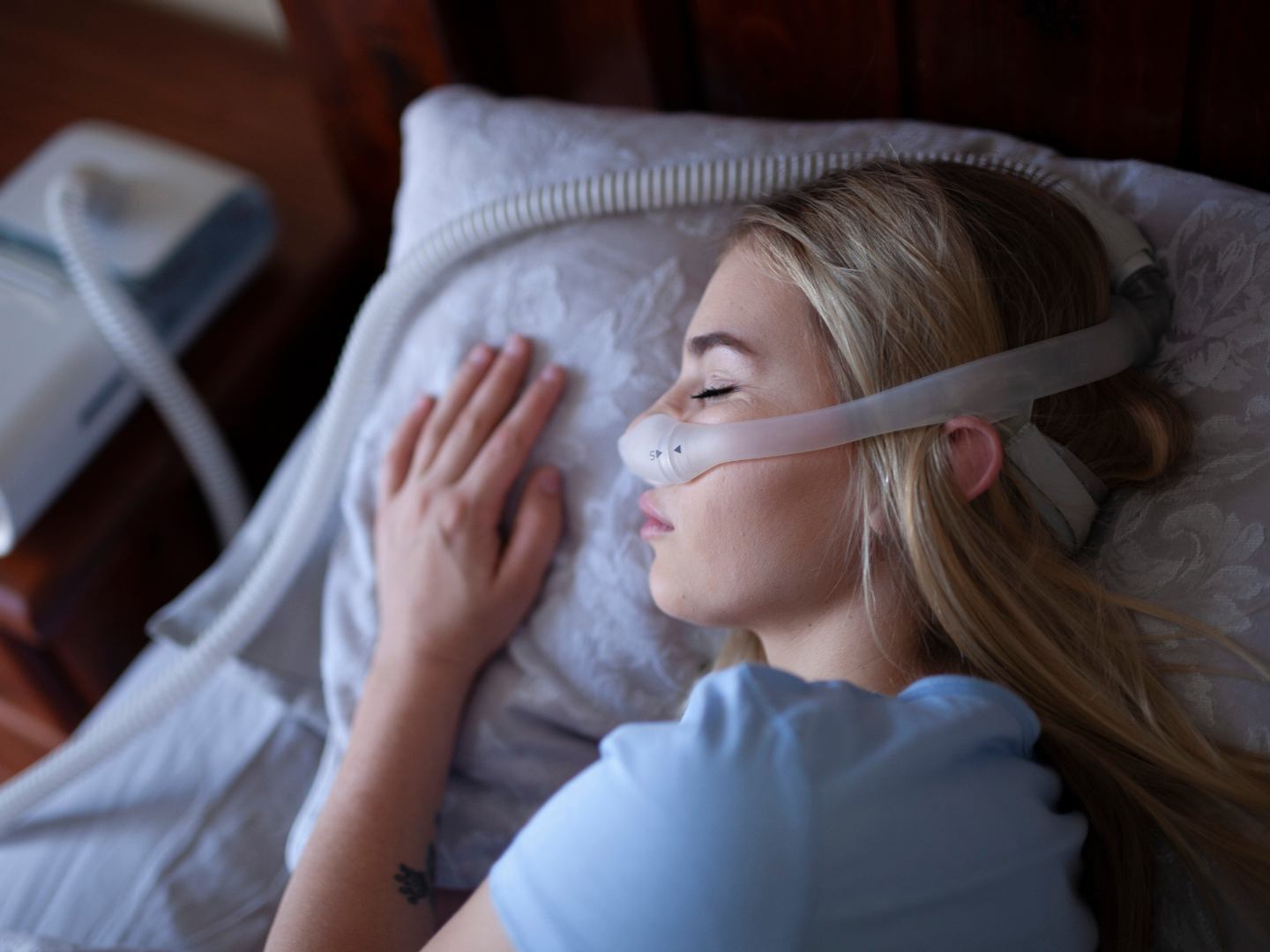Oral Appliances

Oral Appliances for Snoring and Obstructive Sleep Apnea
Advantages of Oral Appliance Therapy
Oral appliance therapy offers several benefits compared to other treatments for snoring and obstructive sleep apnea. These appliances are comfortable and easy to wear, with most people adjusting to them in just a couple of weeks. Their small size and convenience make them ideal for travel. Additionally, this treatment is reversible and non-invasive.
Continued care, including both short and long-term follow-ups, is crucial in treating snoring and obstructive sleep apnea with oral appliance therapy. These follow-ups help evaluate how well the treatment is working, the condition of the appliance, your physical response to it, and to ensure it remains comfortable and effective.
A recently adopted policy by the American Dental Association emphasizes that “dentists are the only healthcare provider with the knowledge and expertise to provide oral appliance therapy (OAT).”
Standards of Care: Snoring & Obstructive Sleep Apnea
Snoring is the sound produced when your breathing is partially blocked during sleep. While it may seem harmless, snoring can sometimes indicate a more severe health issue, such as Obstructive Sleep Apnea (OSA). In OSA, the tongue and soft palate collapse against the back of the throat, completely obstructing the airway and limiting oxygen flow.
Oral Appliance Therapy Can Be Used For:
- Patients who snore or have mild obstructive sleep apnea (OSA) and don't benefit from, or aren't suitable for, behavioral treatments like weight loss or changing their sleep position.
- Patients with moderate to severe OSA who cannot tolerate or who don’t want nasal CPAP may benefit from oral appliances. These appliances are also suitable for patients who are not candidates for, or choose not to undergo, surgical options.
Patients with moderate to severe OSA should initially try nasal CPAP because it is often more effective than oral appliances.
What are oral appliances?
Oral appliances used to treat snoring and obstructive sleep apnea (OSA) are small plastic devices, similar to orthodontic retainers or sports mouth guards, that fit inside the mouth. These appliances work by preventing the collapse of the tongue and soft tissues in the back of the throat, ensuring the airway stays open during sleep and promoting proper air intake. There are many different kinds of oral appliances available and they can be used on their own or alongside other treatments for OSA, such as general health and weight management, surgery, or CPAP. We’ll discuss your options to help you choose the right oral appliance for you.
How do oral appliances work?
Oral appliances work by:
- Repositioning the lower jaw, tongue, soft palate and uvula
- Stabilizing the lower jaw and tongue
- Increasing the muscle tone of the tongue
We specialize in oral appliance therapy and are well-versed in the different designs of appliances so we can identify the best one for your specific needs. We’ll work with your physician as part of the medical team to help diagnose, treat, and provide ongoing care. This process includes an examination, an evaluation to determine the most suitable oral appliance, fitting, ensuring you adapt well to the appliance, and checking its function.
Contact Us
(405) 321-8030
Monday 8A-4P
Tuesday 8A-4P
Wednesday 8A-4P
Thursday 8A-4P
Friday 8A-12P
(Business Office Only)